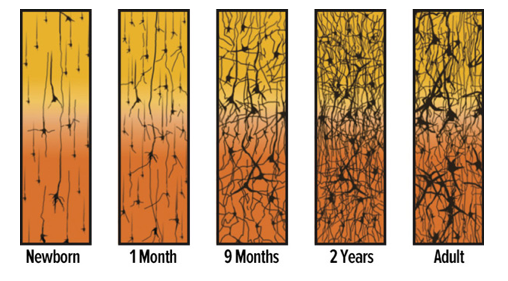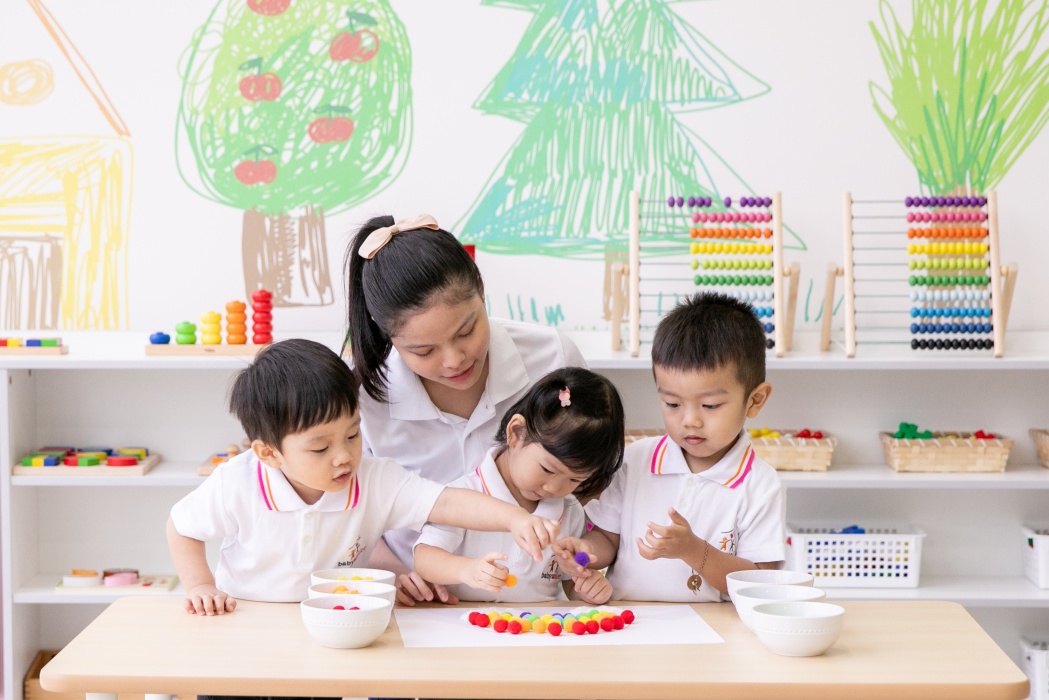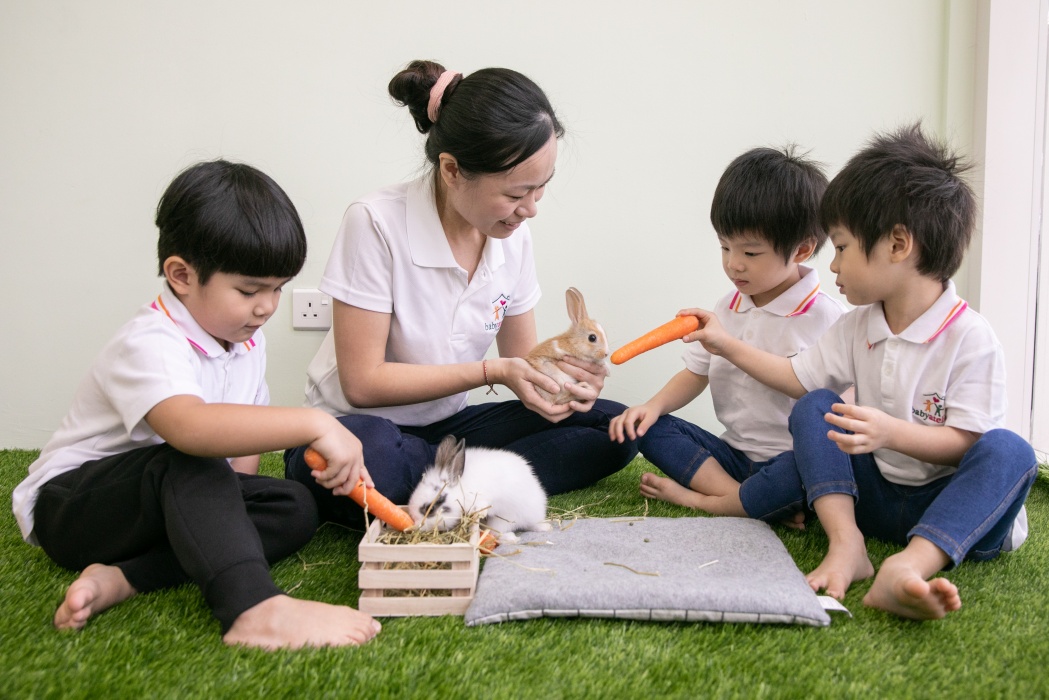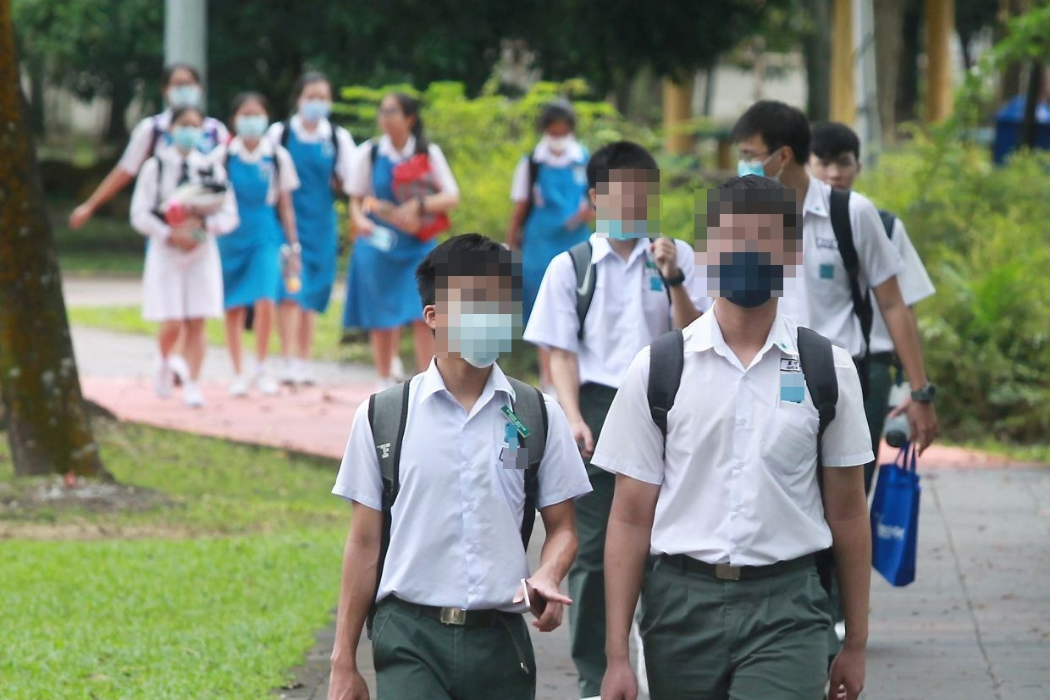Baby Atelier’s second consecutive win for the “Best Multi-Sensory Curriculum” in the recent Parenthood Parent’s Choice Awards ceremony has prompted me to focus this article on the importance of multi-sensory stimulation and how your child can benefit from sensory play activities.
The award-winning Multi-Sensory Curriculum at Baby Atelier is organised around thematic units that seeks to stimulate and refine a child’s five senses.
In a prepared environment, the children engage in an array of developmentally appropriate activities that stimulates their five senses.
The stimulation and refinement of the five senses also ensures that optimum sensory processing is achieved in a coherent and effective manner.
The curriculum is child-led and self-paced but guided, assessed, and enriched by knowledgeable and caring educators, the leadership of their peers, and a nurturing environment.
Baby Atelier’s Multi-Sensory Curriculum that integrates thematic learning with the fundamentals of the Montessori approach targets to provide children from babies to age six with the essential skills they need to thrive at home, at school and at play.
Did you know?
Here are some amazing facts about your baby’s brain:
- The baby’s brain is the fastest growing body part from birth to the age of three. It doubles in size in the first year, and quadruples by the age of three.
- At birth, a baby’s brain is about one-third the size of an adult’s brain. By three years of age, the baby’s brain would have reached 90% of its adult size.
- A 4-week-old fetus forms new neurons at a rate of 250,000 every minute, and a baby’s brain has 100 billion nuerons by the time they are born. At birth, it already has about all of the neurons it will ever have.
- At birth, a baby has about 2,500 synapses per nueron. But, at the age of two or three years old, the brain can have up to twice as many synapses as it will have in adulthood (See Figure 1).

(Figure 1) Source: Adapted from Corel, JL. The postnatal development of the human cerebral cortex. Cambridge, MA: Harvard University Press; 1975
.
Therefore, a child’s experiences through sensory stimulation helps to strengthen the synapses, contributing to connectivity and supports learning, memory and cognitive development.
Research also shows that it is during the period when synapses are in excess that the brain is exceptionally receptive to new experiences and captures them more effectively than in a later stage.
The surplus connections are gradually eliminated throughout childhood and adolescence, a process sometimes referred to as blooming and pruning.
What can you do to give your child a head start?
Create a stimulating and assuring environment
For many of us who have space constraints in our home, a change of environment can provide pleasant outcomes.
For example, take a trip to the neighbourhood park on a Sunday morning and see how your child connects with nature with his or her entire being.
The sound of chirping birds, the fresh morning breeze, observe their reactions as they run their hands through flowers and leaves, roll on the grass and soak up the morning sunshine.
Multi-sensorial experiences like these piques a child’s innate curiosity and excitement.
This will provide hands-on, engaging lessons as they connect with new experiences. Learning becomes an adventure, a family bonding time, a happy and memorable experience.
The thrust of Baby Atelier’s award winning programmes revolves around cultivating the love for life-long learning.
We use appropriate music throughout the day to create a calming and welcoming environment.
Vibrant colors cover our walls and play spaces. Baby Atelier’s specially designed environment aims at appealing to your child at every sensory level.
The children’s daily routine is fun-filled and packed with learning activities that stimulate their five senses through songs and joyful music-making percussion, interactive story-telling activities using finger puppets and pop-up books.
The children also learn to coordinate their gross motor movements as they move and groove to the rhythm and tunes!
Besides providing sensorial experiences, the movement of water and sand through your child’s fingers during water and sand play are both calming and relaxing.
Sensory bottles also provide the same therapeutic effects as the child is mesmerised by the gradual movements of glittery items in the bottle.
Sensory bins can be created with just any item from your home or kitchen like rice, corn kernel, cereal and uncooked pasta and assorted containers.
Consider setting up a sensory play corner in the comfort of your own home.
Sensory bins can be created with just any item from your home or kitchen like rice, corn kernel, cereal and uncooked pasta and assorted containers.
They also teach life skills as your child transfers, scoop, pour and dump the items in the bin.
Sensory bins provide the most amazing opportunity for truly independent, uninterrupted play.
It builds concentration on task-completion and hand-eye coordination skills, allowing your child to reap benefits can never come with the use of an iPad 😊.

Exposure to multiple languages
I have often been asked, “Will my baby be confused if we speak different languages at home?”
Not only are babies capable at birth of learning any language, those babies who are spoken to regularly in two or more languages have better executive function later in life.
Researchers have also found multilingual children to concentrate better on a given task, leading to better academic performance at an older age.
A study of 7-month-old babies at the University of Washington showed activation of motor parts of babies’ brains associated with the physical aspects of speech before they actually began to speak.
Sadly, many of the young working parents are not aware of these critical windows.
In the years that I have been enrolling students at Baby Atelier, many parents have come to me with concerns that their child is experiencing speech delay.
When I asked about the child’s carer, it is more often than not a live-in helper or a babysitter.
A recent research in Australia showed that for children to excel in language skills, they must have heard at least 30 million words from 0-4 years. If we have not provided any input (or stimulation) during the critical years, how can we expect a child to speak when he becomes of age?
This is also the very reason why I have always insisted on carefully planned and well-executed multi-sensorial simulation to be made available to even the youngest child at all our Baby Atelier schools.
The children’s schedule includes a daily dose of songs and nursery rhymes, story-telling and role-playing and flash cards for vocabulary expansion.
The learning units are organised by themes and all the children at Baby Atelier learn about 40 different themes every year.
Multiply that by the vocabulary words they learn in the three main languages of English, Mandarin and Bahasa Melayu, a child will learn approximately 1,200 new words every year.
The socially inclusive environment that encourages learning and playing among peers of the same age will often motivate a child to speak too. Most children will show a notable progress in speaking and comprehension skills within three to six months.

Embracing cultural diversity in Malaysia
The multi-cultural festivities celebrated by the Malaysian community provides ample opportunities for young children to experience the various greetings, costumes, decoratives and local delicacies.
We often teach our children to greet relatives and friends during Chinese New Year by saying “ 恭喜发财!新年快乐!” or execute the “Salam Raya” during Hari Raya Aidilfitri as a symbol of respect for our friends from a different race and religion.
The children can also explore the various traditional costumes and feel the tactile differences between cotton, silk and lace fabrics used in making the “cheong sam”, “baju kurung” and “saree”.
The Chinese glutinous rice cakes “年糕”, Malay “ketupat” and Indian “murukku” will provide gustatory stimulation to your child’s taste buds as he or she experiences and discriminates the differences in tastes and textures.
Above all, we want our children to know that every cultural celebration reminds us of what it means to be Malaysians and to embrace our cultural diversity with respect and tolerance.
Based on my years of experience working with young children, providing them with plenty of sensorial stimulation can have lasting effects on cognitive development, education attainment and leads to better employment.
Many of our parents have also testified of the smooth and seamless transition into primary school because their children are equipped with the skills to acquire knowledge independently and the aptitude to overcome challenges.
Most importantly, this article has provided useful insights about the benefits of multi-sensorial experiences.
It is of paramount importance that parents take advantage of this window of opportunity to ensure that our children receive the necessary exposure they deserve.
These stimulating engagements will have a tremendous impact on their achievement of success and happiness in life.
Do try these at home. I hope your child will enjoy these positive experiences as much as the children at Baby Atelier. I look forward to hear encouraging stories from you.
Faye Tan
Faye Tan is the founder and CEO of a multiple award-winning nursery & preschool. A financial controller turned educator, Faye endeavours to make quality early education & care available and accessible through her schools. Faye will be sharing her insights about the challenges of 21st century parenting in this column. Faye would be happy to hear from you at faye@babyatelier.com.my.












